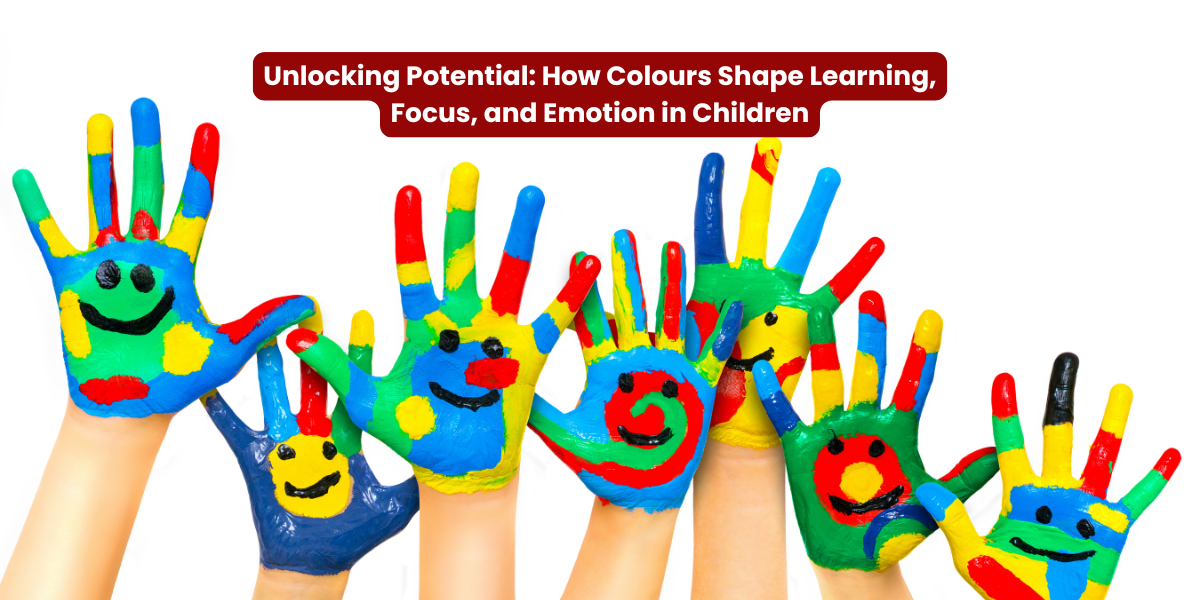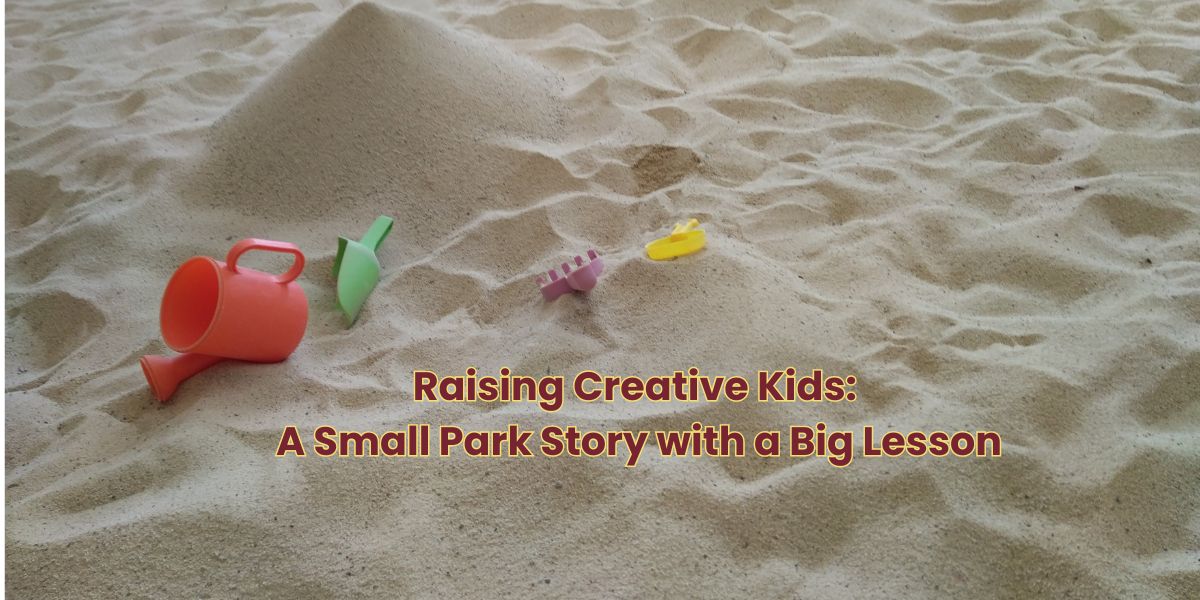
Unlocking Potential: How Colours Shape Learning, Focus, and Emotion in Children
Unlocking Potential: How Colours Shape Learning, Focus, and Emotion in Children
Imagine a world without colours—everything feels dull, uninspiring, and hard to navigate, right? Now, think about how colours are everywhere in a child’s life—from the bright reds of their favourite toys to the calming blues of their classroom walls. Colours aren’t just there to look pretty; they have a big influence on emotions, focus, and even how well children learn. Research shows that kids start recognising and responding to colours really early, and that affects their brains and how they feel. So, how can we, as parents and educators, make the most of this? Let’s dive into the fascinating role of colour in a child’s education.
The Science of Colours in Learning
Colours aren’t just about aesthetics—they have powerful effects on how we feel and think. Different colours trigger different emotional responses, which can be super helpful when designing a learning environment for kids.
- Red & Orange: These warm colours are full of energy and excitement. They’re great in play areas or places where kids are being creative, but too much of them in study areas might be too much for focus.
- Yellow: The colour of positivity! Yellow boosts concentration and helps kids remember things better. It’s perfect for study materials or when highlighting key points in notes.
- Blue & Green: These cool colours are known for promoting calmness and focus. Blue works wonders in study rooms, and green helps reduce anxiety and keeps everything balanced.
- Purple: A mix of blue’s calming vibe and red’s energy, purple is great for sparking creativity and problem-solving.
Knowing how colours impact kids helps us create environments where learning flows easily and naturally.
Why Colours Matter for Kids and Students
Colours can totally shape a child’s mood, behaviour, and ability to focus. Picture a classroom painted all grey—pretty dreary, right? Now imagine the same room filled with bright, calming colours. Which one would inspire kids to learn?
- Enhancing Attention and Focus: Colours like blue and green help kids concentrate. They’re great for study spaces, while red and orange bring energy and excitement, making them perfect for creative spaces.
- Boosting Memory Retention: Did you know that colour-coding notes can improve memory? Studies show that kids remember things 50% better when they use colours like blue for science or yellow for vocabulary.
- Regulating Emotions: Some colours can overwhelm kids, while balanced colours bring comfort and security.
These aren’t just ideas—they’re practical tips we can apply in our own spaces to help kids thrive.
Practical Ways to Use Colours in Education
Here are some simple, fun ways to bring the power of colour into a child’s learning routine:
Designing Effective Study Spaces:
-
- Use cool colours like blue or green to keep things calm and focused.
- Avoid too much bright red or orange in study areas—they can be a bit too energising.
- If you can’t paint the walls, try using coloured lamps, posters, or desk accessories to bring in some colour.
Using Colour-Coding for Better Organisation:
-
- Assign colours to different subjects: yellow for maths, green for science, red for language arts.
- Encourage kids to highlight important points with different colours in their notes.
- Use coloured folders or sticky notes to keep everything organised.
Encouraging Emotional Regulation with Colours:
-
- If a child is feeling anxious, add soft blues or greens to their workspace.
- For those who need a little motivation, bright yellow or orange can boost energy.
- Create a cozy reading nook with warm, soft lighting to make it a space they want to relax in.
By using these simple colour choices, we can create spaces that adapt to the needs of each child, helping them feel at ease and ready to learn.
Do you why Little Laudable Learners Logo has primary colours?
(read the entire article to find the answer)
Beyond Academics: Colours and Social-Emotional Development
Colours don’t just affect learning—they impact emotional and social growth too. Here’s how:
- Confidence Building: When children connect certain colours with success (like receiving a gold sticker), it builds their confidence.
- Encouraging Creativity: Bright, bold colours in play areas can inspire self-expression and creativity.
- Supporting Special Needs Education: Kids with autism or ADHD often respond better to softer colours, like blues and greens, which are less overwhelming.
Choosing the right colours isn’t just about creating a beautiful space—it’s about nurturing both the mind and emotions of a child.
Bringing Colour into Learning
The impact of colours on learning is huge. From boosting focus and memory to helping kids feel more secure, colour is a simple yet powerful tool. The best part? You don’t need a big budget to make a difference—just some thoughtful choices.
Let’s use colour to shape better learning environments. Whether it’s through coloured stationery, a fresh classroom décor, or mindful lighting, each small change can make a world of difference for a child’s growth and learning.
Taking Action: Small Changes, Big Impact
Ready to bring colours into your child’s learning space? Here are some easy steps to get started:
- Pay attention to how different colours affect their mood and behaviour.
- Make small changes, like adding calming tones to their study area.
- Introduce colour-coding to their study materials.
- Balance bright and neutral tones in their learning spaces.
Do you why Little Laudable Learners Logo has primary colours?
It has primary colours to represent that we are strengthening the fundamentals. When they are strong in fundamentals, any challenge becomes easier—just like mixing primary colours to create any colour possible
So, what colours are in your child’s study space? Try these tips and see how the right colours can help them focus, learn, and thrive!



